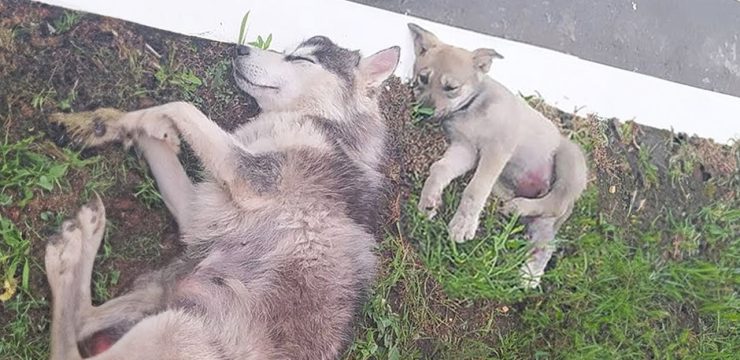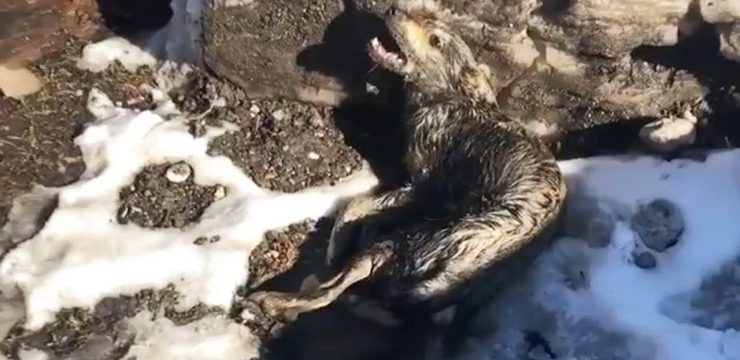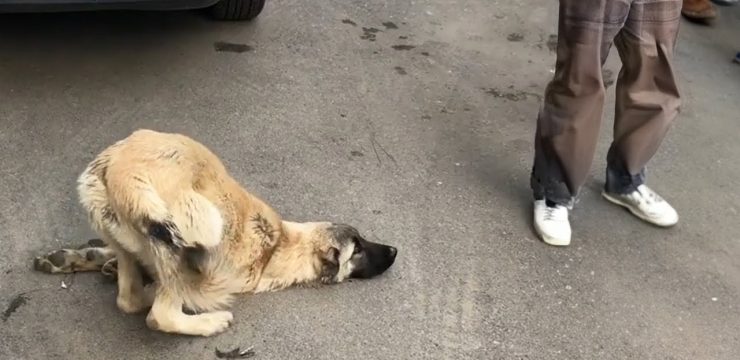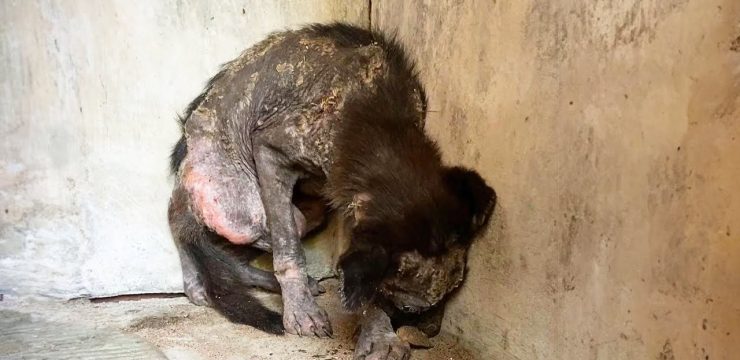Discovering odd-looking fibers tangled in your carpet can definitely raise some eyebrows—especially when they look like tiny, U-shaped hairs. If you’ve come across these curious little shapes scattered across your floors, you’re not alone. What might appear at first to be pet hair, dust, or random lint might actually be something entirely different: Velcro shavings. These miniature fibers come from the breakdown of common Velcro fasteners and can easily find their way into your carpet. Understanding what they are, why they’re showing up, and how to deal with them can make a big difference in keeping your home tidy and your carpets looking their best.
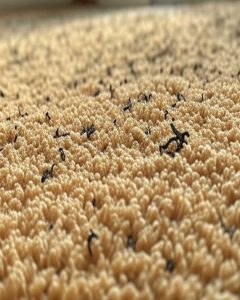
Velcro shavings are thin, curved pieces that break off from the hook side of Velcro. They’re usually made of stiff nylon or plastic and designed to latch onto the soft loop side of the fastener. Over time, as the Velcro is used repeatedly—opened, closed, rubbed against other surfaces—those hooks wear down. The result? Tiny, hair-like particles that break free and end up embedded in soft surfaces like carpet. Their U-shape is a direct result of the original hook structure, and it’s this shape that often causes them to cling stubbornly to carpet fibers.
There are several ways these Velcro shavings can end up on your carpet, and it often comes down to the everyday items we use at home. For starters, children’s toys are frequent offenders. Many toys for kids, such as dress-up clothes, educational gear, or games with removable parts, rely on Velcro. When kids play on the floor, dragging these items across the carpet, small fibers wear off and stick around. The more the toys are used, the more likely they are to shed Velcro bits.
Shoes are another common cause. Both children’s and adults’ shoes that fasten with Velcro tend to wear down with regular use, especially when worn indoors. Every time someone walks, scuffs, or kicks off their shoes on carpet, those hooks break off and contribute to the mess. Likewise, bags and backpacks with Velcro closures—whether they’re tossed on the floor, slid under furniture, or used daily—can create friction and loosen fibers that sink into the carpet pile.
Even just repeatedly opening and closing Velcro items, like on jackets, tool pouches, or sports gear, can release shavings. This is especially true when these items are used in carpeted areas. Over time, as the fasteners degrade, tiny pieces flake off and drop to the floor. Storing Velcro-equipped gear directly on the carpet also leads to buildup. Items like camera bags, medical kits, or remote-control cases that sit for long periods or get moved around a lot tend to grind the hooks against the fibers below.
Don’t forget your pets. Pet accessories such as vests, harnesses, or booties that use Velcro can also contribute. Dogs and cats roll around, scratch, or stretch out on carpeted surfaces, grinding those fasteners into the floor. Over time, the wear results in shavings that get trapped in the carpet. Another unsuspected contributor is your vacuum cleaner. If a Velcro-equipped item like a toy or shoe is accidentally run over, the vacuum may actually scatter the shavings instead of picking them up.
Sometimes, the culprit is the quality of the Velcro itself. Low-cost or old Velcro degrades faster, breaking apart even after light use. If these kinds of fasteners are part of frequently used items in your household, you’re likely to notice more of those mysterious U-shaped strands. Laundry and craft materials with Velcro can also play a role. If a jacket with a Velcro cuff or a piece of craft foam with Velcro backing is left on the floor, stepping on or shifting it can release loose fibers onto the carpet.
High-traffic areas are especially prone to collecting Velcro shavings. Entryways, kids’ playrooms, or mudrooms where Velcro-equipped items are constantly in use or passed through can quickly become zones where these shavings accumulate. Even if the items aren’t stored there, regular movement and contact are enough to cause buildup over time.
You might wonder if Velcro shavings are something to worry about. The good news is that they’re not dangerous. They don’t pose any health threats and aren’t related to mold, pests, or any structural issue in your home. That said, they can be an eyesore, and over time they might contribute to slight wear in the carpet, particularly if allowed to build up. While not harmful, they’re definitely something you’ll want to address to keep your space clean and well-maintained.
So, what can you do if you discover these shavings? Start by identifying the source. Check common culprits like toys, shoes, bags, or gear that may have worn Velcro. Once identified, consider replacing heavily worn items or upgrading to products with higher-quality fasteners. To remove the existing shavings, a thorough vacuuming is a good first step. Using a vacuum with a brush roll or a special carpet attachment can help dislodge the fibers more effectively. For stubborn pieces, a lint roller or even sticky packing tape can be surprisingly effective at lifting the shavings from deep within the carpet.
To avoid future issues, there are a few simple preventative steps. Try to minimize dragging Velcro-equipped items across your carpet. When possible, use rugs or mats in areas where these items are used or stored most often. Keep pet gear clean and inspect it regularly for signs of wear. Choose better-quality Velcro when purchasing new products, and replace aging items when they start to degrade. And of course, maintain a regular vacuuming schedule to catch shavings before they settle deep into the fibers.
In conclusion, while Velcro shavings might seem strange or even alarming at first, they’re simply a byproduct of everyday life with common household items. With a little awareness and regular upkeep, you can keep your carpet clean, fresh, and free from these unusual little fibers. Understanding what they are and taking a proactive approach to minimizing their spread will help you maintain a home that feels tidy and well cared for—all without needing to worry the next time you spot something odd on your carpet.
